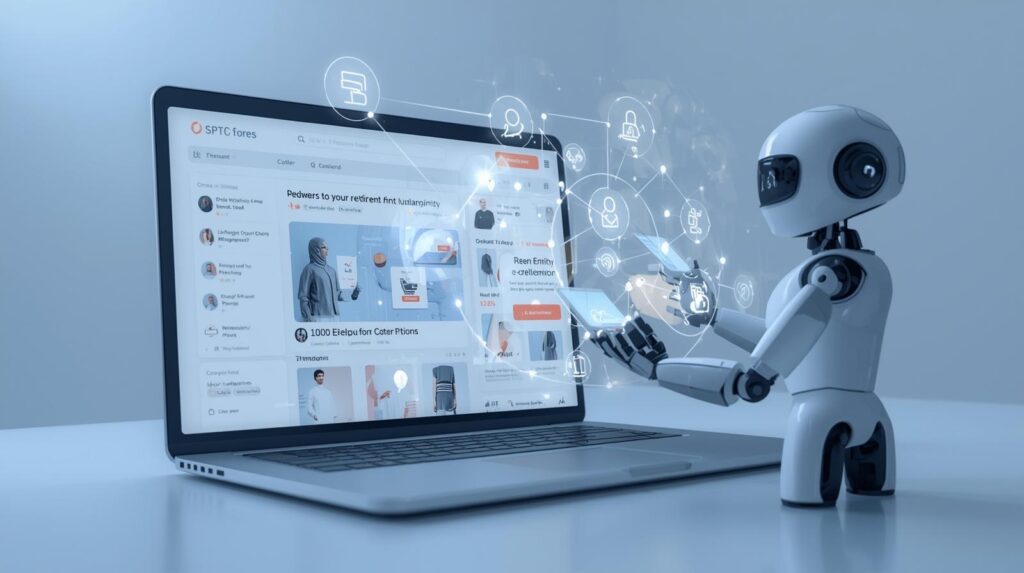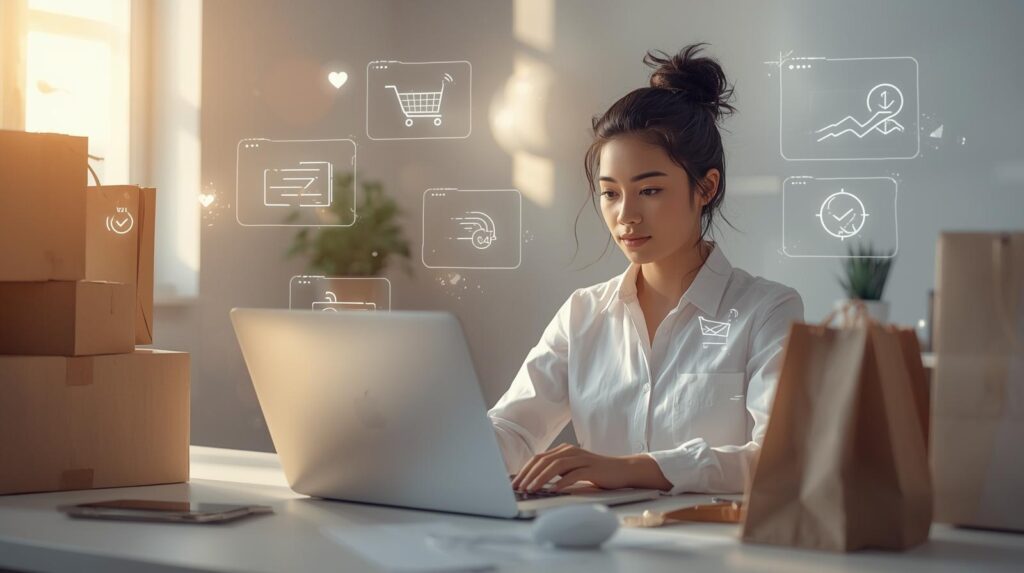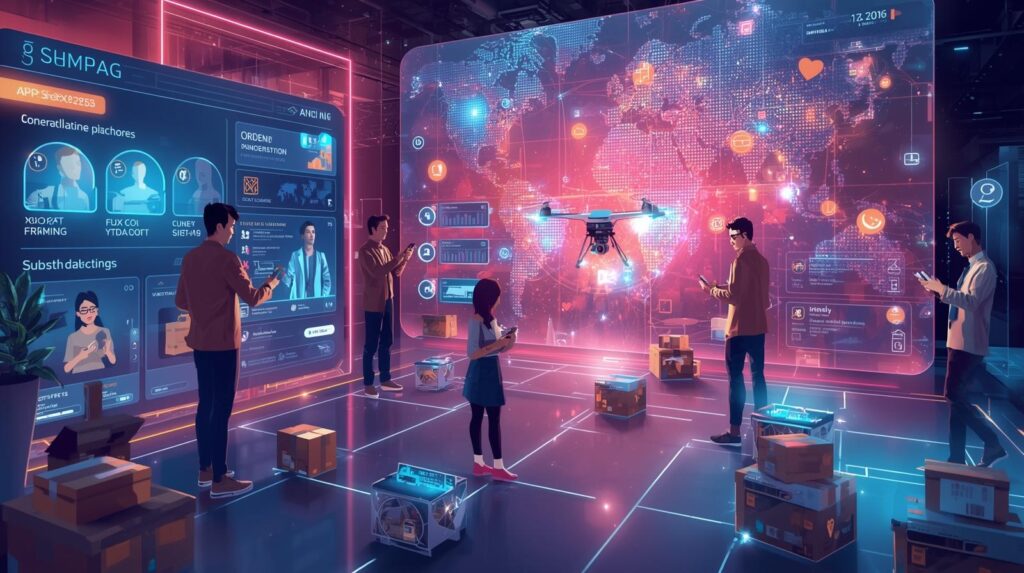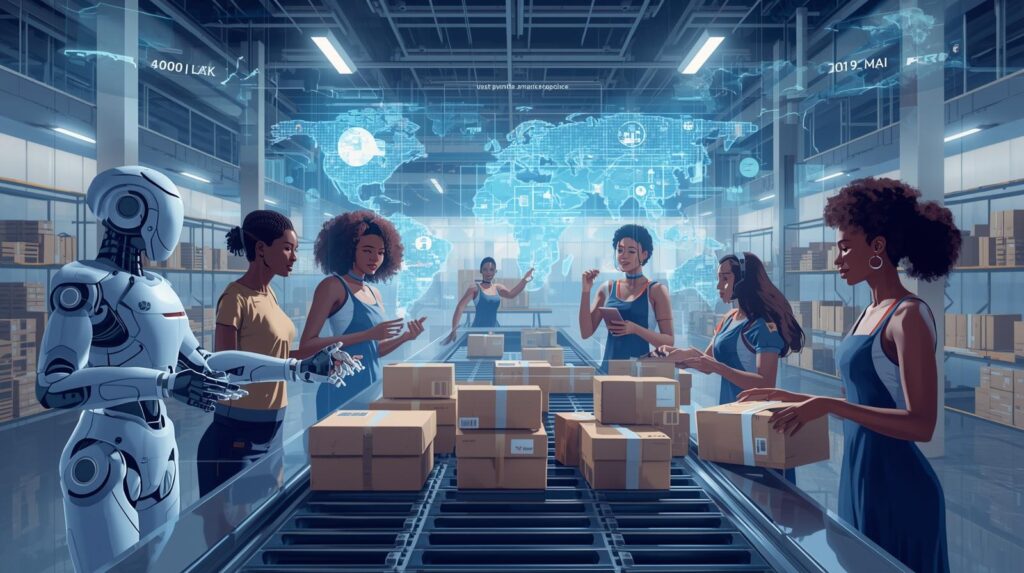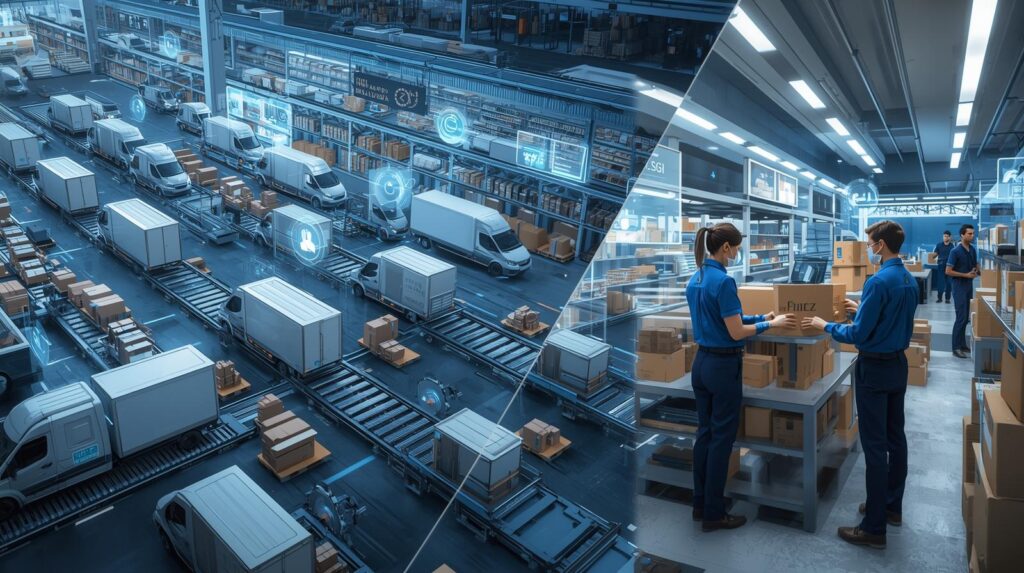Introduction
So, you’ve been thinking about freelancing in 2025? Honestly, you’re not alone. More people are ditching traditional jobs for flexible, online careers. The problem is, starting feels complicated. Where do you even begin? But the good news is, with today’s tools—payment tracking systems, easy web portals, online confirmation features, and even CNIC-style ID checks—it’s actually much simpler than you think.
This guide is a mix of personal insights, up-to-date tips, and the latest methods. Think of it as me sitting across from you, coffee in hand, walking you through how to get started without feeling overwhelmed.

Why Freelancing in 2025 Is Such a Big Deal
The freelancing world isn’t some side hustle playground anymore. In fact, it’s a full-blown global economy. Businesses are actively choosing freelancers over hiring full-time staff. Why? Flexibility, speed, and lower costs.
And here’s the interesting part: platforms in 2025 are smarter than ever. They work almost like government portals—imagine the 8171 web portal where you enter your CNIC and instantly check eligibility. In freelancing, platforms now use similar systems to verify IDs, track payments, and provide online confirmation for every project. So what happens is, you can work with clients around the globe while feeling protected.
Step 1: Choose the Right Skill
Let’s be real—you don’t need to master 20 things. The key is picking one skill that businesses already pay for.
Some in-demand freelancing skills in 2025 include:
- Content creation (writing, video editing, podcasts).
- AI-related services (chatbot training, prompt engineering).
- Web and app development.
- Graphic design and branding.
- Virtual assistance and online research.
Actually, the problem most beginners face is trying to do everything at once. But the latest method is to niche down—become “the go-to person” for one thing. Later, you can scale.
Step 2: Set Up Your Online Presence
Think of your freelancing profile like your storefront. If it looks sloppy, clients will pass you by.
Here’s what to add:
- A professional profile photo (not a blurry selfie).
- A short, clear bio that says exactly what you do.
- Proof of your work—samples, portfolio links, or even a case study.
The good news is, you don’t need a website on day one. But eventually, having your own web portal-like portfolio site adds credibility. It works as your personal hub, where clients can see your work and confirm your skills online.
Step 3: Understand Payment Tracking
Money is often the scariest part for beginners. “What if I don’t get paid?” That’s where freelancing platforms step in.
Most now use escrow-based payment tracking systems, meaning the client’s money is secured before you even start. It’s kind of like checking your payment status on the 8171 portal—you always know where things stand.
Here’s a quick breakdown table for reference:
| Payment Status | What It Means |
|---|---|
| Pending | Client hired you but hasn’t funded yet. |
| In Escrow | Client deposited funds; safe to start. |
| Released | Work approved; money on the way. |
| Completed | Money received in your bank/wallet. |
See? Simple and transparent.
Step 4: Find Your First Clients
Here’s the truth: your first few clients will be the hardest to get. But once you build momentum, things get easier.
The latest methods to find clients in 2025 include:
- Freelancing platforms: Upwork, Fiverr, Toptal, and even new AI-driven gig sites.
- LinkedIn outreach: Directly message decision-makers with personalized notes.
- Cold emailing: Simple, short pitches work surprisingly well if you target the right businesses.
- Communities: Discord, Slack groups, and niche forums often have hidden opportunities.
The problem is, many beginners send copy-paste proposals. Don’t do that. Instead, write like you’re talking to a real person. Mention their project, their needs, and how you can help. That’s what gets replies.
Step 5: Balance Work and Life
Freelancing gives freedom, but it can also eat up your time if you’re not careful. I’ve seen people work all night, lose weekends, and still feel broke.
But the good news is, you don’t have to burn out. Use tools to track your time, set clear working hours, and actually log off when you’re done. Freelancing should give you more life, not less.
Step 6: Keep Learning (The Secret Weapon)
In 2025, freelancing isn’t static. AI tools, new platforms, and updated methods pop up every few months.
So what happens is, freelancers who keep learning stay ahead. Follow blogs, take micro-courses, and join webinars. Even watching YouTube tutorials consistently can give you an edge.
Remember: clients don’t just pay for what you know—they pay for how current you are.
A Quick Reality Check
Here’s the part most blogs don’t tell you: freelancing isn’t instant money. It takes persistence. Some weeks will be dry, and that’s okay. Think of it like building a small business. Consistency is what pays off.
And honestly, freelancing is safer today than it’s ever been. With online confirmation systems, secure payments, and ID checks (almost like a CNIC check for freelancing), you have more protection than freelancers had even five years ago.
Final Words
Starting your freelancing career in 2025 is probably one of the smartest moves you can make. The tools are better, the demand is higher, and the latest methods make the entire process smoother.
Pick a skill, create a clean profile, learn payment tracking, and start reaching out to clients. Keep improving, and soon freelancing won’t just be a side hustle—it’ll be your main career.
If you’ve been waiting for the “right time,” well, this is it.
FAQs
1. Is freelancing safe in 2025?
Yes. Platforms use escrow, online confirmation, and ID verification, making it much safer than before.
2. How much can a beginner earn?
It varies, but many start with small gigs ($20–$50) and scale up to $1,000+ projects over time.
3. Do I need a degree to freelance?
Nope. Clients care about skills and results, not paper qualifications.
4. How do I make sure I get paid?
Always use platforms with escrow or milestone payments. Never start without confirmed funding.
5. What’s the latest method for finding clients outside freelancing sites?
LinkedIn networking, personal web portals, and direct cold emails are very effective in 2025.




